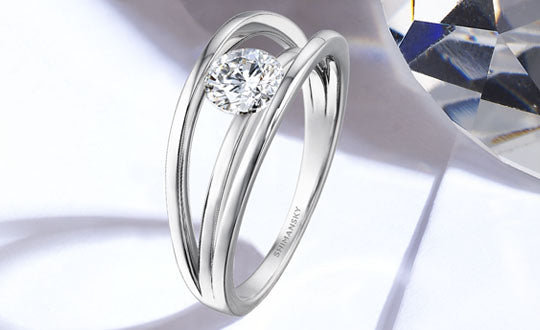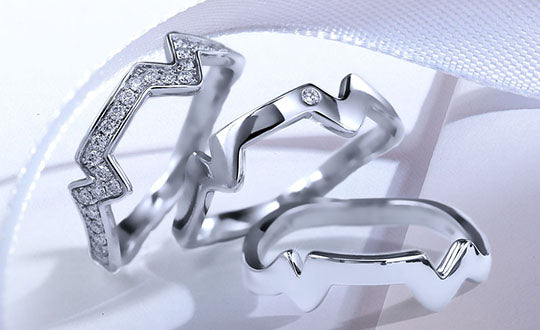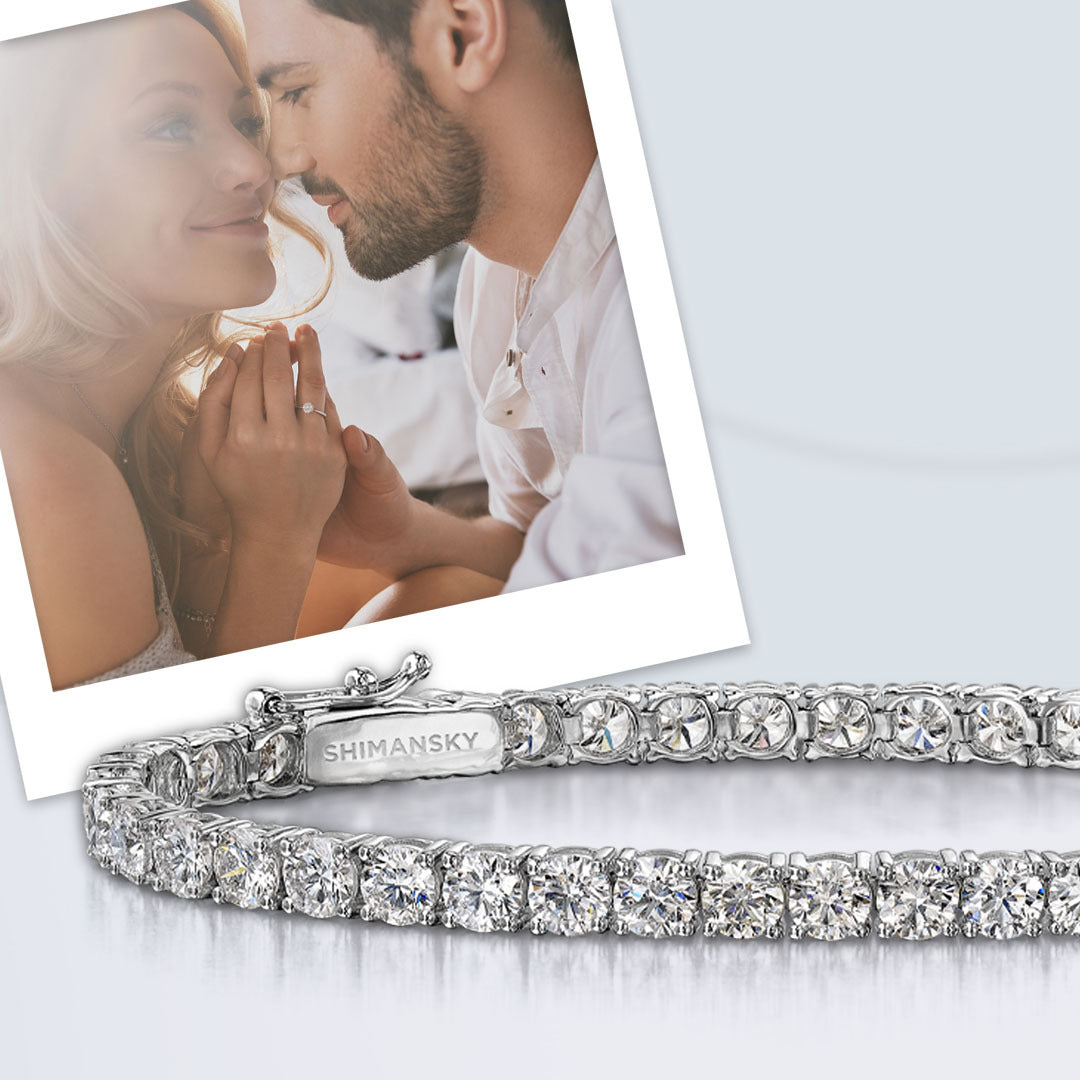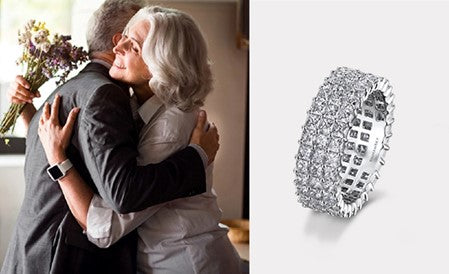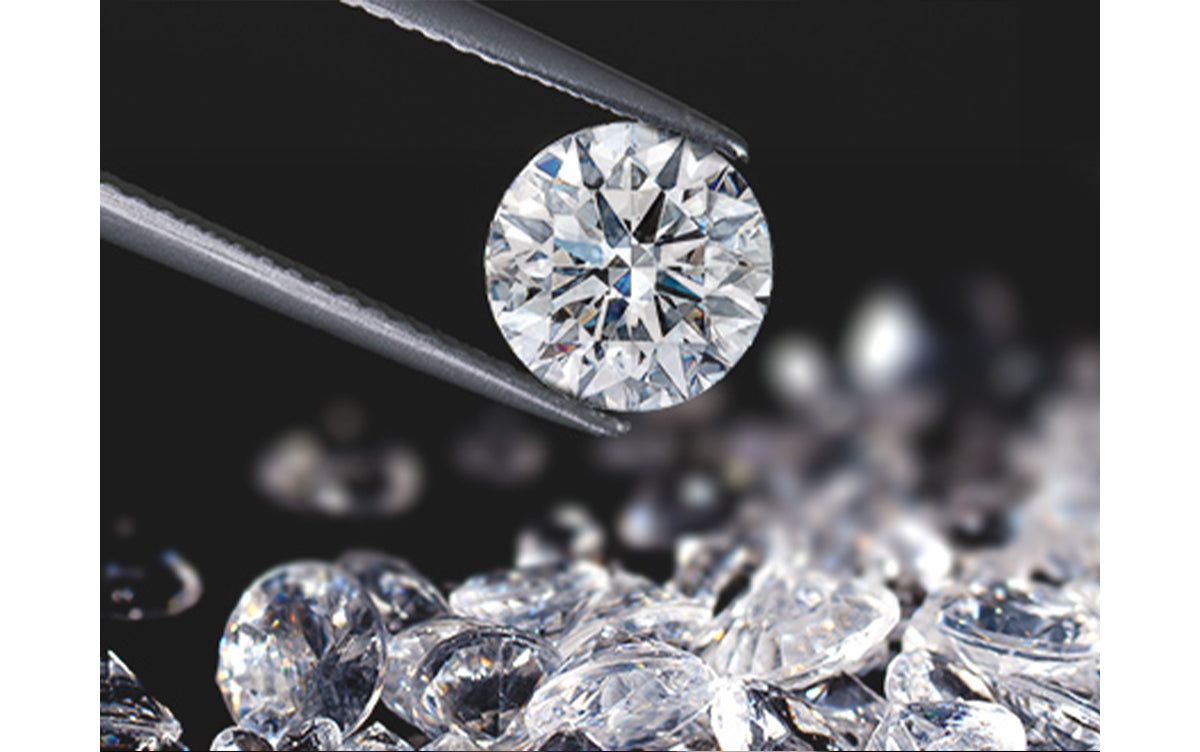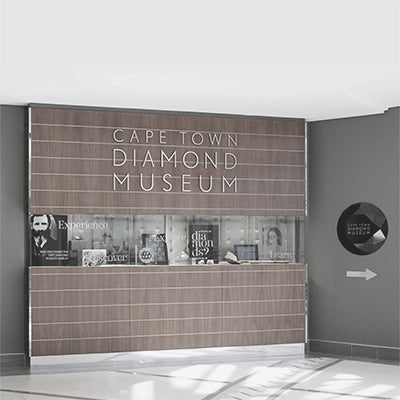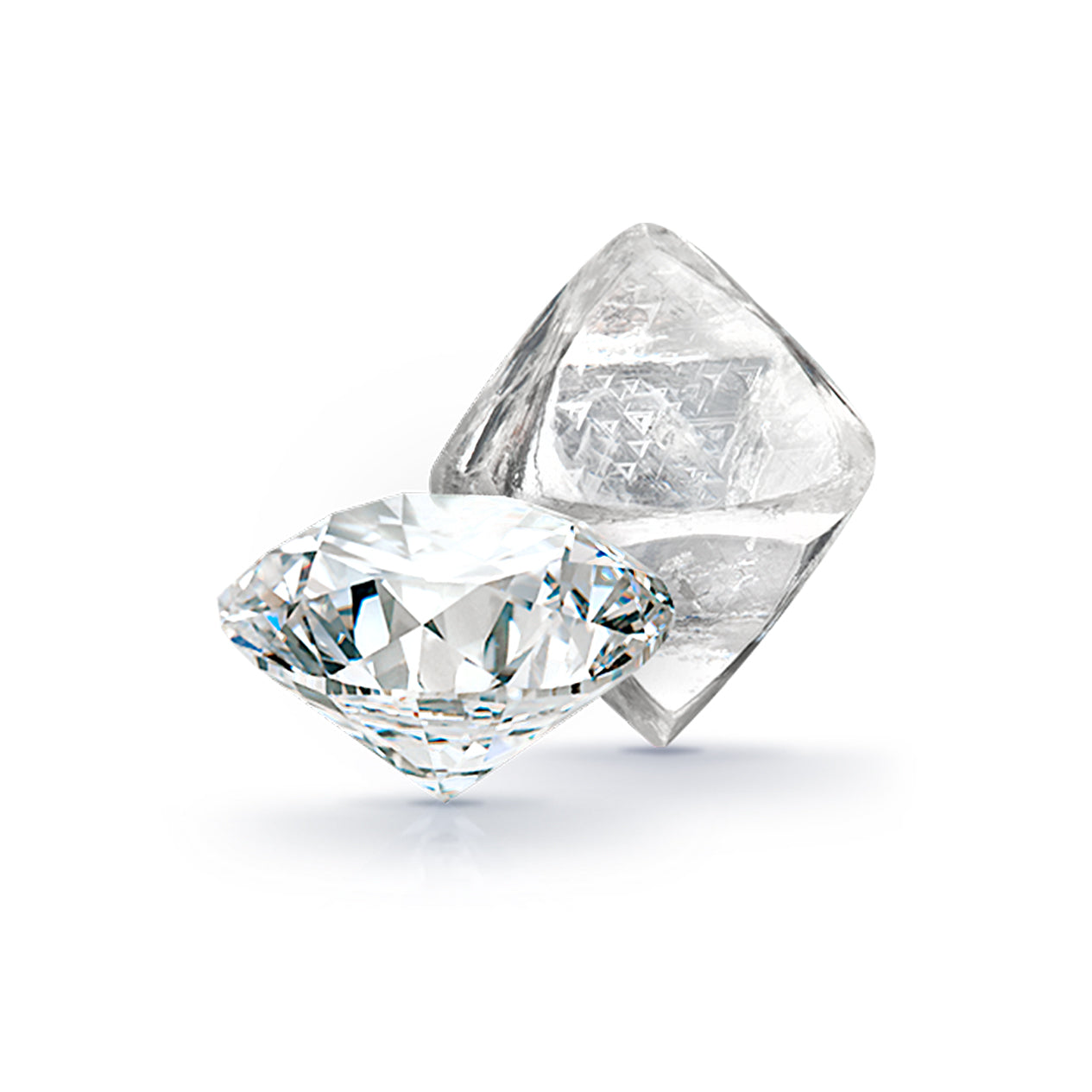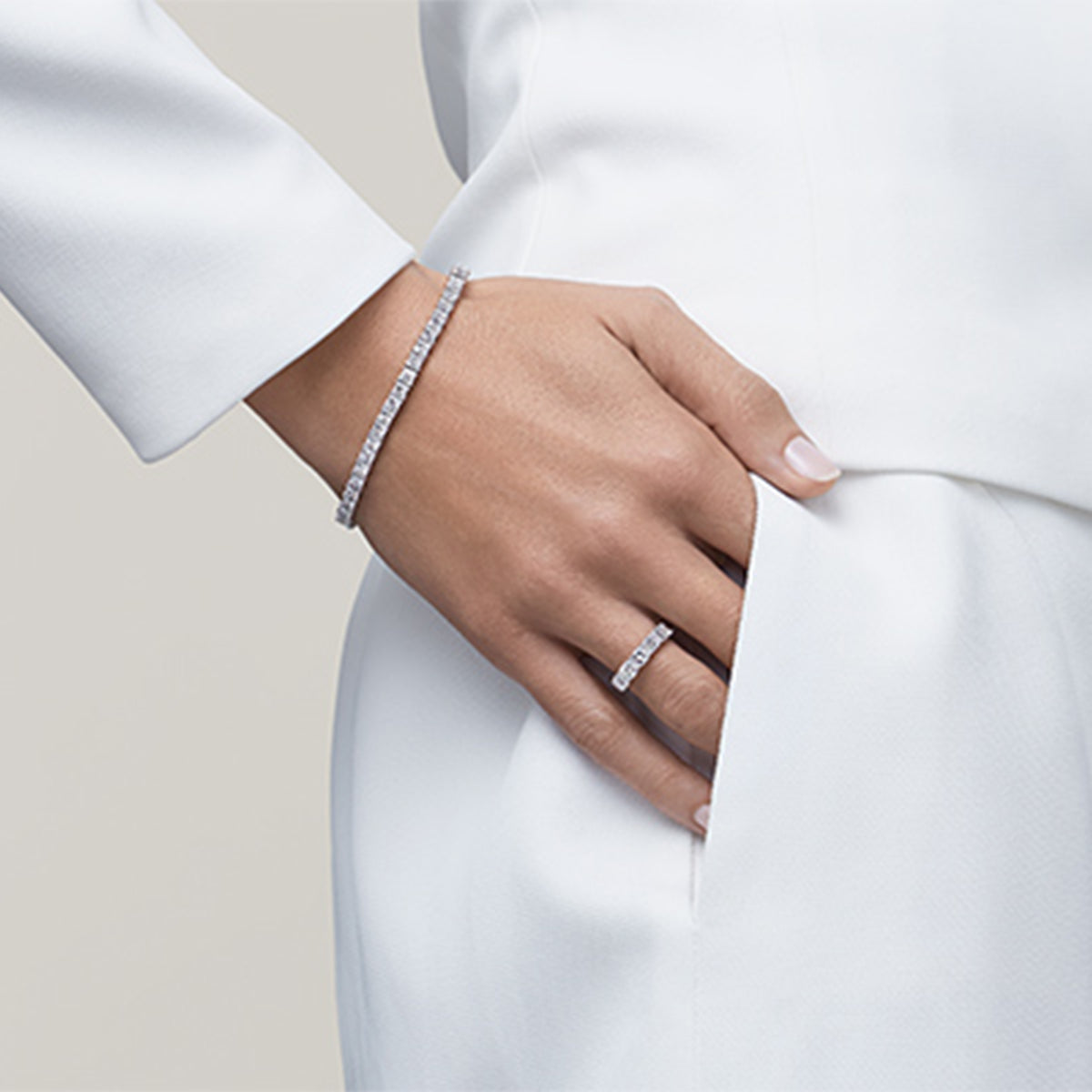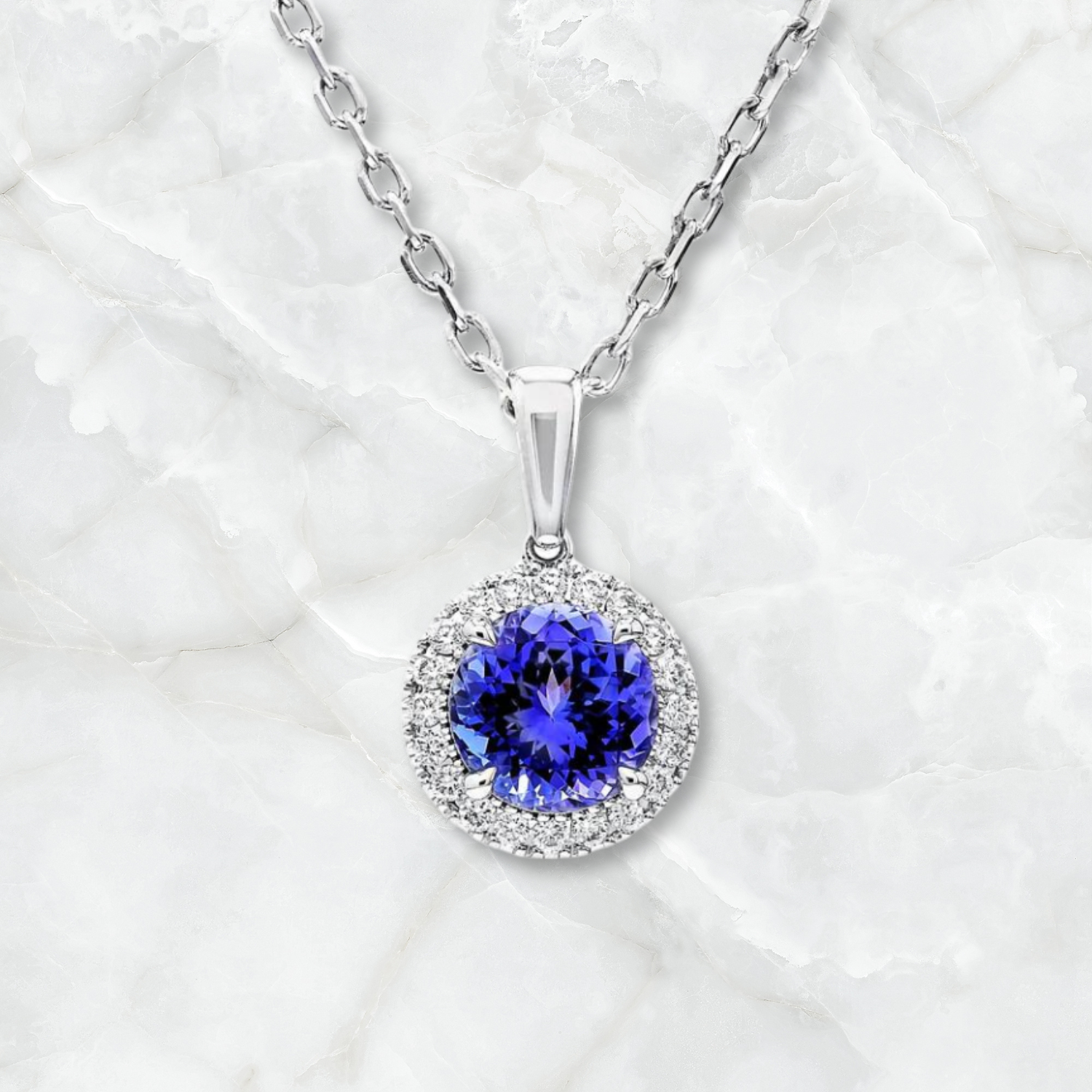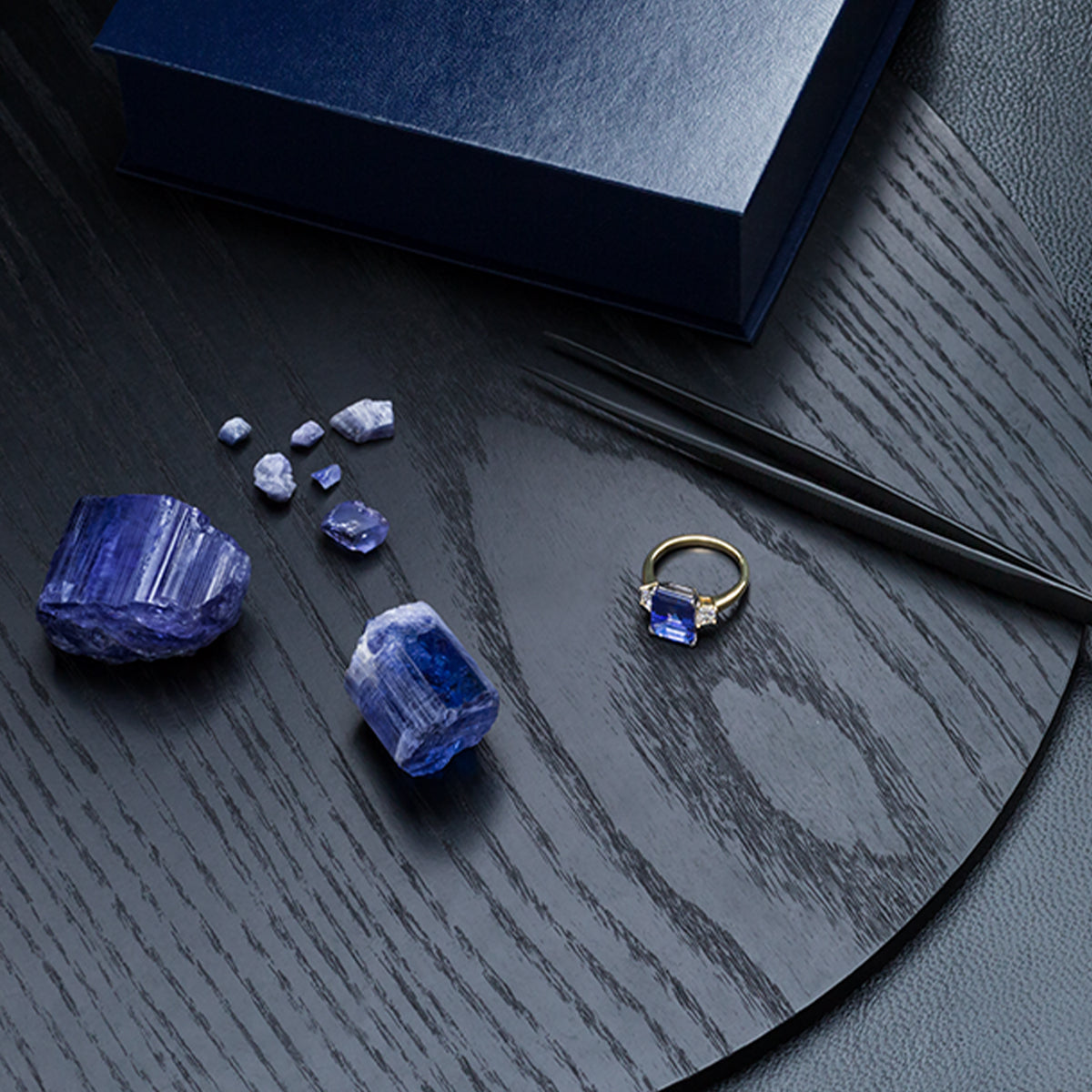CUSHION SHAPE DIAMOND
The cushion cut diamond was created in the 19th century, in around 1830.
The shape of the cushion cut is characterised by soft edges and round corners, much like the shape of a cushion or pillow. It has a square shape, and a large faceted culet. The fact that the culet is cut as another facet, is one of the cushion cut’s most distinct characteristics. Its large culet is due to the fact that cushion cuts were cut and polished in a way that gives great depth to the look of the diamond (whether more square or more rectangular in shape). It is a cross between the Old Miner cut and the modern Oval cut of diamond. The optimum length to width ratio is typically 1.1 to 1.2.
The modern cushion cut typically has 58 facets, but there are no set proportions for an ideal cut. With the cushion cut, personal taste plays a major role, and some may find certain proportions more appealing than others. Traditional cushion cut diamonds return light in a chunkier pattern than the modern cushion cut diamonds, which offer a more delicate and refined light return.
A cushion cut, typically, doesn’t retain colour as well as other cuts, so a diamond with a colour grade of at least H is recommended for this cut. However, it is one of the best cuts for fancy colour diamonds, as the shape and cut of the cushion diamond shows off the vibrancy of a fancy colour diamond, beautifully.
The cushion cut is also known as the Candlelight diamond: Unfortunately, under bright electric lighting, the faceted bottom can create the look of a hole in the diamond.
Modern day cushion cut diamonds have been refined with a slightly smaller culet, a larger table and improvements in the angles cut into it, for maximum brilliance. Though a cushion cut traditionally has less brilliance than a round brilliant cut diamond, it is believed that it often has more fire, adding to its appeal.
This was a popular cut from the time that diamond cuts were first developed, but around the beginning of the 20th century, it lost popularity. Today, thanks to modern cutting and polishing techniques, this cut is making a reappearance, and is gaining popularity once again.
The cushion cut is typically recognised as an “antique” cut and appeals to women with an appreciation for antique-style jewellery. It has a timeless beauty that never loses its appeal and when set, makes for a classic jewellery creation. The cushion cut holds the traditional look of the older, pre-modern cuts, yet exhibits the brilliance and scintillation brought out from modern cutting and polishing techniques. It is a perfect fusion of traditional design and modern-day technology.
